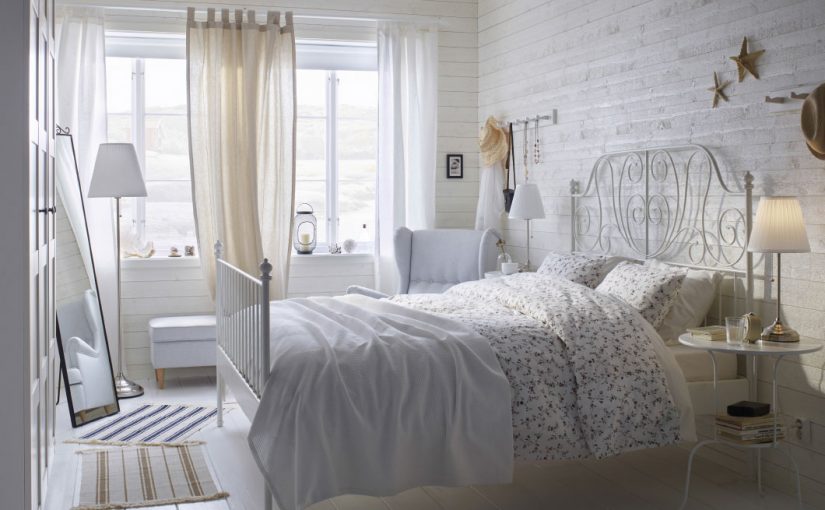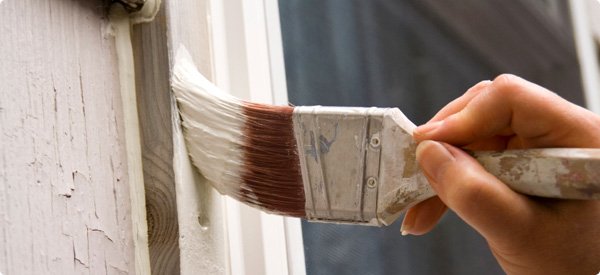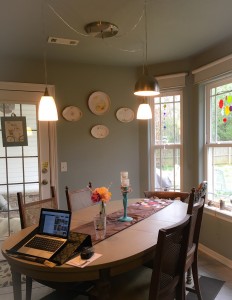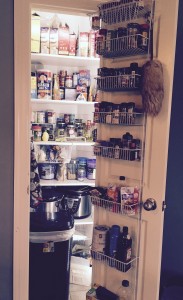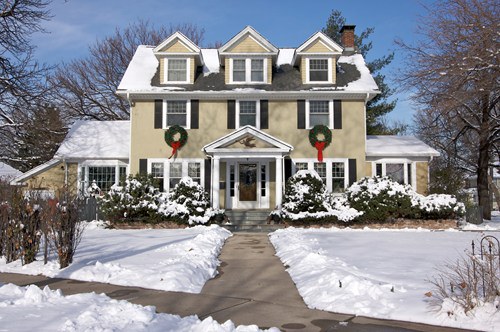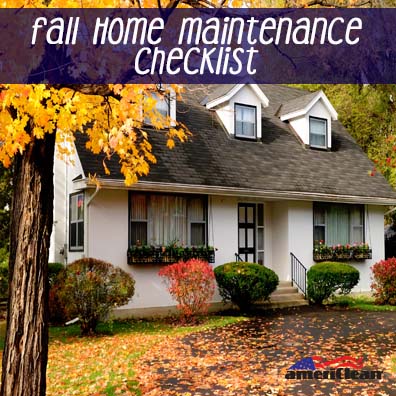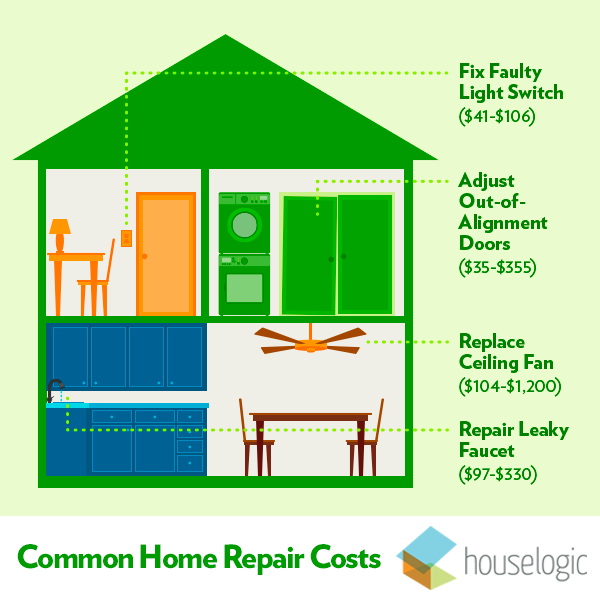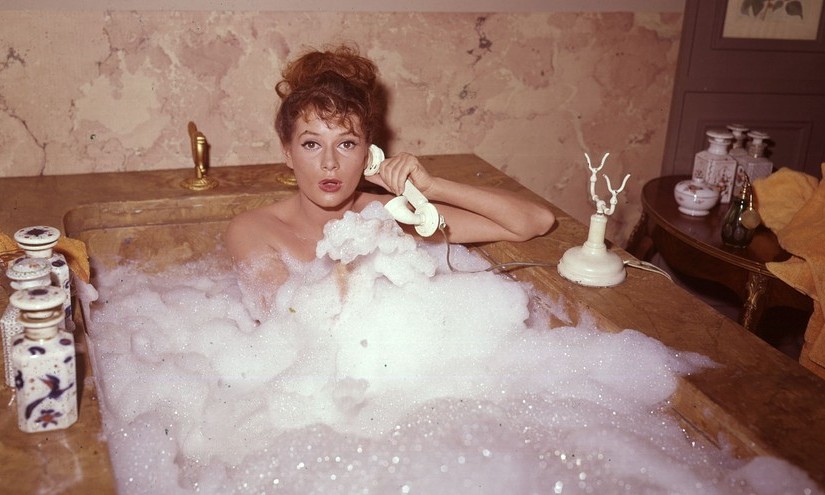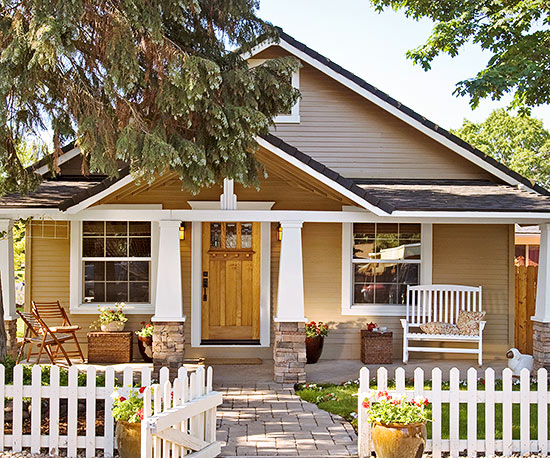We each want our home to look like it could be featured in a design magazine. However, accomplishing that look can be daunting, until now. There are 6 inexpensive steps you can take to make your home look expensive.
Declutter
This is something that I tell my clients when they are putting their home on the market. You may love your collections and knicknacks and completely understand your pile filing system. But that clutter communicates chaos to others. Edit your collections, and use organization systems like those from Ikea above to find a way to display or store in an organized way.
Eliminate grunge
Once or twice a year deep clean to keep your home looking luxurious. A little elbow grease focused on baseboards, ceiling fans, windows, floors will upgrade the overall look of your home.
Add or rearrange lighting
Lighting is a great way to make a home look expensive, but it doesn’t really cost that much. Use light to define spaces, separate rooms, make a small space look grand or a large space cozy. Consider using warm-colored light bulbs to make a home look luxe.
Upgrade your hardware
This can change the look of a room in a day and cost very little. If you have a larger budget, consider updating your faucets or maybe even your countertops.
Repaint
There’s no easier way to make an old home look expensive than by painting. You don’t have to stop at your walls either. Add color to your front door, window trims or even your ceiling and floors.
Decor details
Consider creating vignettes – combining decor items like vases, frames and objects to add visual interest to an otherwise bland area. Don’t do this everywhere. Pick one or two locations that need some sprucing up.
